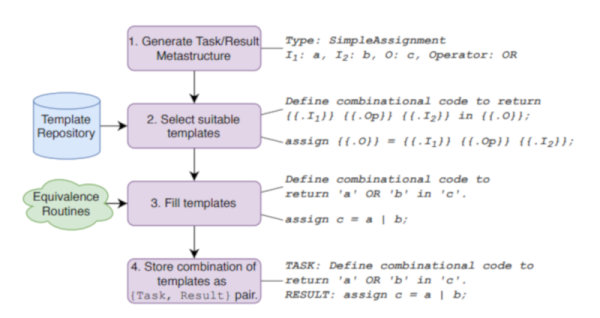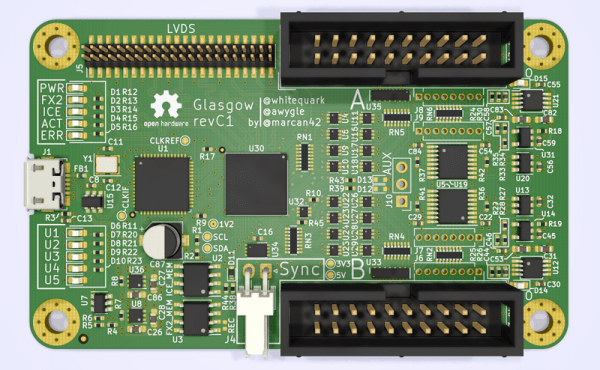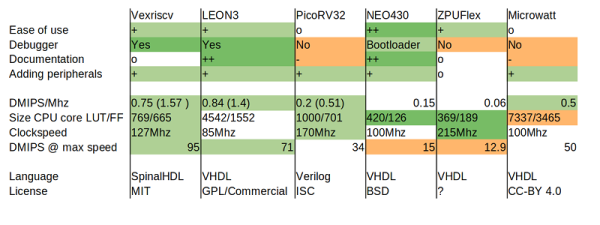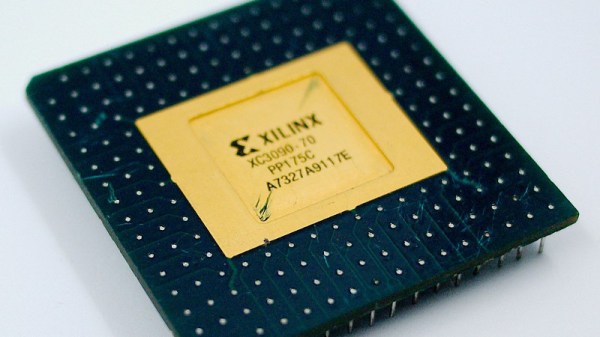Sometimes, projects are borne out of neccessity; a fix for a problem that needs to be solved. Other times, they’re done just for the love of creation and experimentation. [ultraembedded]’s FPGAmp media player falls under the latter, and served as a great learning experience along the way.
The aim of FPGAmp is to play back a variety of media files on the Arty A7 development board, based around the Xilinx Artix-7 FPGA. Capable of playing back MJPEG video at 800 x 600 resolution and 25 fps, it’s also able to play back MP3s as well for stereo audio. Demonstrating the device on Twitter, [ultraembedded] notes that the method of using an LED to do SPDIF optical audio output isn’t legit, but does work. A later update switches to using a dedicated audio output board with the Arty A7 platform, featuring an excellent song from The Cardigans.
Using a RISC V processor core and a hardware JPEG decoder, we imagine [ultraembedded] really sharpened their FPGA skills with this project. Particularly in the wake of the sale of ARM to NVIDIA, RISC V continues to gain relevance in the hardware community. We were lucky enough to feature a keynote at last year’s Supercon, with Megan Wachs speaking on the technology. Video after the break.

















